Best Practices to create a successful E-commerce Store
Riddhima K.
Content Writer at Socialwyz | 18 min read
Share on:
Mar 4, 2024
Creating a successful e-commerce store requires more than just a great product and a website. To achieve maximum conversions and sales, you must optimize your online store for the best user experience possible.
In this article, we will explore the key considerations and best practices for building an effective e-commerce store. From choosing the right platform to implementing mobile-friendly strategies, these tips and techniques will help you optimize your online store and improve website conversion rates.
Key Takeaways
Optimizing your e-commerce store involves more than just a great product and website - it's about delivering the best user experience possible.
Choosing the right e-commerce platform is crucial for successfully serving your customers and achieving your business goals.
Creating an intuitive user interface and implementing mobile-friendly strategies are important factors in enhancing the shopping journey for your customers.
Streamlining the checkout process, implementing effective SEO strategies, and leveraging social media platforms are also essential for achieving e-commerce success.
Personalizing customer experience, providing exceptional customer support, and utilizing user-generated content are critical for creating credibility and driving conversions.
Choosing the Right E-commerce Platform
Selecting the right e-commerce platform is crucial to the success of your online store. With so many options available, it is essential to evaluate the various factors that impact your business goals and requirements. When making your decision, consider the following:

Scalability: Does the platform allow for growth and expansion as your business evolves?
Customization: Can you customize the platform to meet your specific needs and brand identity?
Integration: Does the platform integrate with other tools and software you use?
Security: How does the platform protect against fraud and ensure secure transactions?
Cost: What are the costs associated with the platform, including transaction fees and add-ons?
By carefully considering these factors and assessing your business needs, you can find an e-commerce platform that aligns with your goals and provides the necessary tools and features to optimize your online store.
Creating an Intuitive User Interface
When it comes to website conversion strategies, an intuitive user interface is essential. By creating a seamless shopping journey for your customers, you can significantly improve their experience, boost engagement, and enhance your chances of driving conversions. Usability best practices play a crucial role in this process, ensuring your website is easy to navigate, with accessible menus, clear product categories, and mobile responsiveness.
An intuitive interface starts with consistency in design to maintain visual hierarchy and familiar patterns of interaction. By using fonts, colors, and icons consistently, customers can navigate your site with ease and focus on the content they want. Besides, product images and descriptions should be visually impressive, and the information should be well organized, augmented with other visual attributes such as videos, virtual demonstrations or 3D models when applicable.
Additionally, you can use methods such as whitespace to add emphasis and break up long walls of text, making it easier to read. Finally, implementing A/B testing and heat maps can provide valuable insights into user behavior, allowing you to make informed design decisions in the future.
Implementing Mobile-Friendly Strategies
Without mobile-friendly strategies, you'll miss out on an increasingly large segment of potential customers. In today's fast-paced world, shoppers use their mobile devices to browse online stores and make purchases from wherever they are. By ensuring your e-commerce store is optimized for mobile devices, you can reach a wider audience, increase customer engagement, and ultimately drive sales.

In order to optimize your e-commerce store for mobile devices, consider the following steps:
Use responsive design: Ensure that your store's design automatically adapts to the screen size of the device being used, regardless of whether the customer is using a phone, tablet, or desktop computer.
Simplify navigation: Make it easy for customers to find what they're looking for by simplifying your navigation and highlighting key categories and products.
Streamline checkout: Optimize your checkout process for mobile users by reducing the number of steps necessary to complete a purchase and offering mobile-friendly payment options like digital wallets and PayPal.
Optimize images and videos: Make sure all images and videos on your site are optimized for mobile, with appropriate resolution and file sizes that won't slow down page load times.
Ensure fast load times: Mobile users expect quick page load times, so optimize your site's speed by reducing image and video file sizes, using caching, and compressing code.
The Importance of Mobile-Friendly Strategies
Mobile devices now account for more than half of all e-commerce sales, and that number is only expected to grow. With such a large audience shopping on mobile devices, it's essential to ensure your e-commerce store is optimized for mobile. Not only does this allow you to reach a wider audience, but it also creates a better customer experience, resulting in increased customer engagement and sales.

Implementing mobile-friendly strategies is a crucial aspect of e-commerce optimization. By taking the necessary steps to optimize your e-commerce store for mobile devices, you can ensure that you're not missing out on valuable opportunities to connect with customers and drive sales.
Streamlining the Checkout Process
To increase customer conversions, streamlining the checkout process is a crucial area to optimize. A complicated checkout experience can result in a high rate of cart abandonment. To avoid this, it's essential to create a straightforward and efficient checkout process that provides a seamless purchasing experience for your customers.
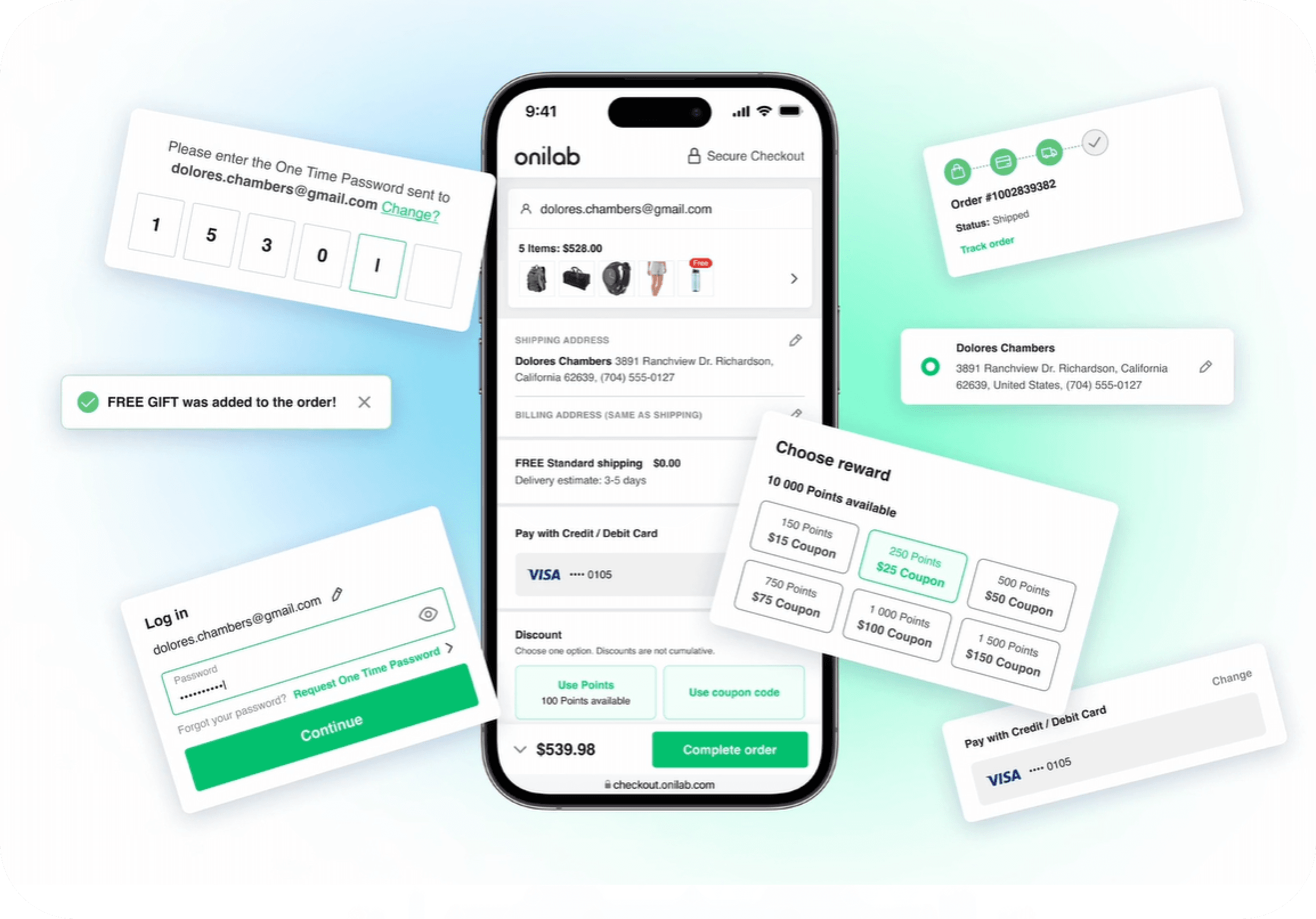
Best Practices for Streamlining Checkout
Here are some best practices to streamline your checkout process:
Enable guest checkout to avoid forcing customers to create an account before buying.
Designate a progress bar to indicate to customers how many steps are left in the checkout process.
Reduce the number of form fields to be filled out, but still collect necessary information.
Provide multiple payment options to cater to a range of preferences for your customers.
Include a clear summary of the order, including taxes and shipping costs, before customers complete their purchase.
Measuring Checkout Performance
To measure the effectiveness of your checkout process, track metrics such as cart abandonment rate, checkout completion rate, and total revenue. Use data to identify points of friction and optimize your checkout process.
By streamlining the checkout process, your e-commerce store can significantly increase customer conversions and reduce cart abandonment rates, resulting in a more successful online business.
Enhancing Product Descriptions and Visuals
In today’s competitive e-commerce landscape, creating compelling product descriptions and visuals that engage customers is essential to driving sales. To increase the effectiveness of your product descriptions and visuals, follow these best practices:
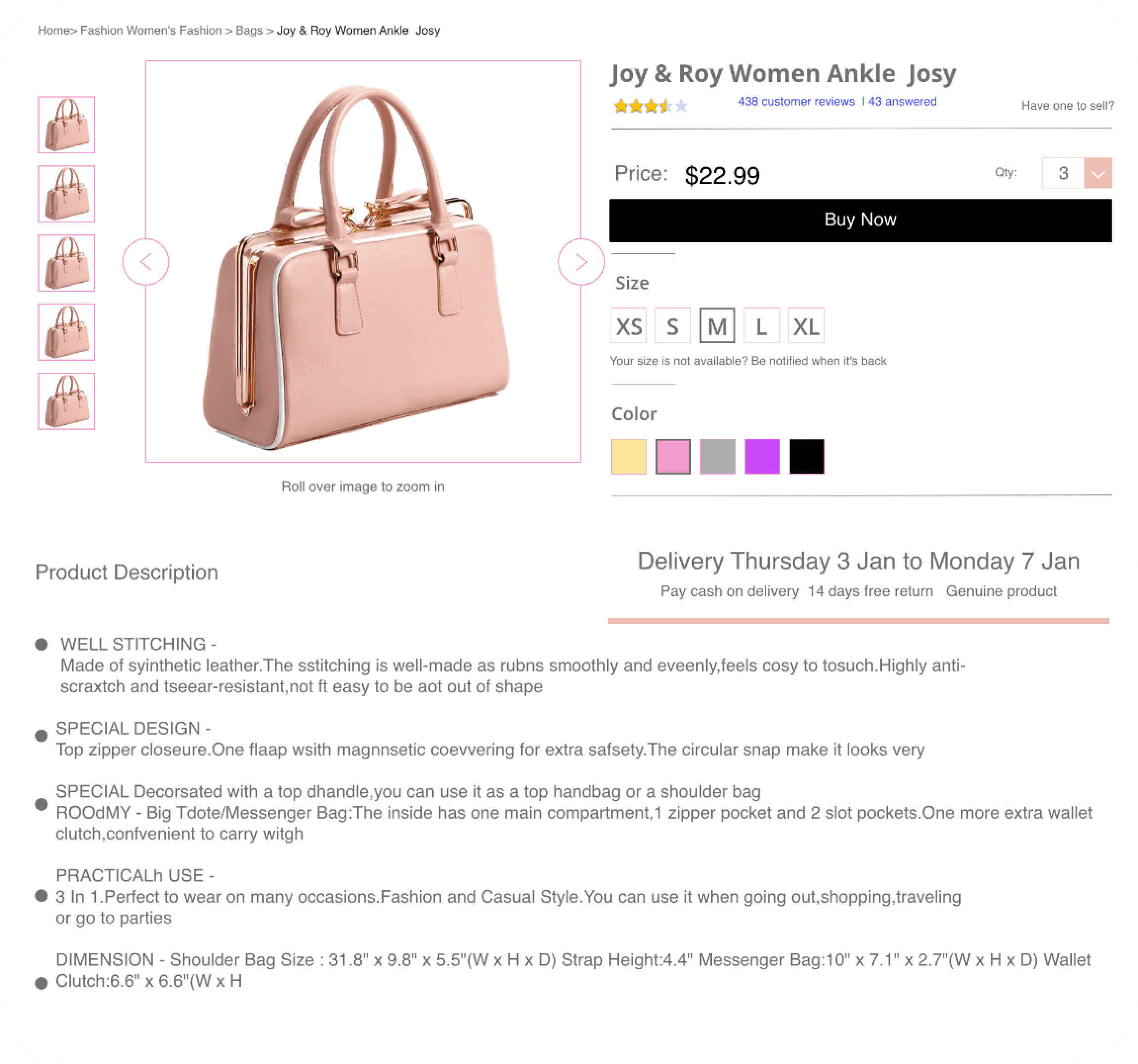
Use Clear and Concise Language
When crafting product descriptions, use clear and concise language to describe the features and benefits of the product. Avoid using industry jargon and technical terms that might confuse or alienate potential customers
Highlight Key Product Features
Make sure to highlight the key features that differentiate your product from competitors. This can include specifics like materials used, product dimensions, or unique benefits. Including images or videos that showcase these features is also an effective way to enhance a customer’s understanding of the product
Optimize Visuals
Visuals are a critical component of the e-commerce experience. Including high-quality photos that feature different angles and perspectives can increase customer engagement and drive sales. Additionally, using alternative text descriptions for images can improve accessibility for customers with visual impairments
Add Social Proof
Include customer reviews, ratings, and testimonials in your product descriptions to add social proof, build trust, and inspire confidence in shoppers. Make it easy for customers to leave reviews by including a clear call-to-action on the product page.
Implementing SEO for E-commerce
Optimizing your e-commerce store for search engines is crucial for increasing your online visibility and attracting more potential customers. These SEO strategies will help you improve your search engine rankings and drive organic traffic to your website.
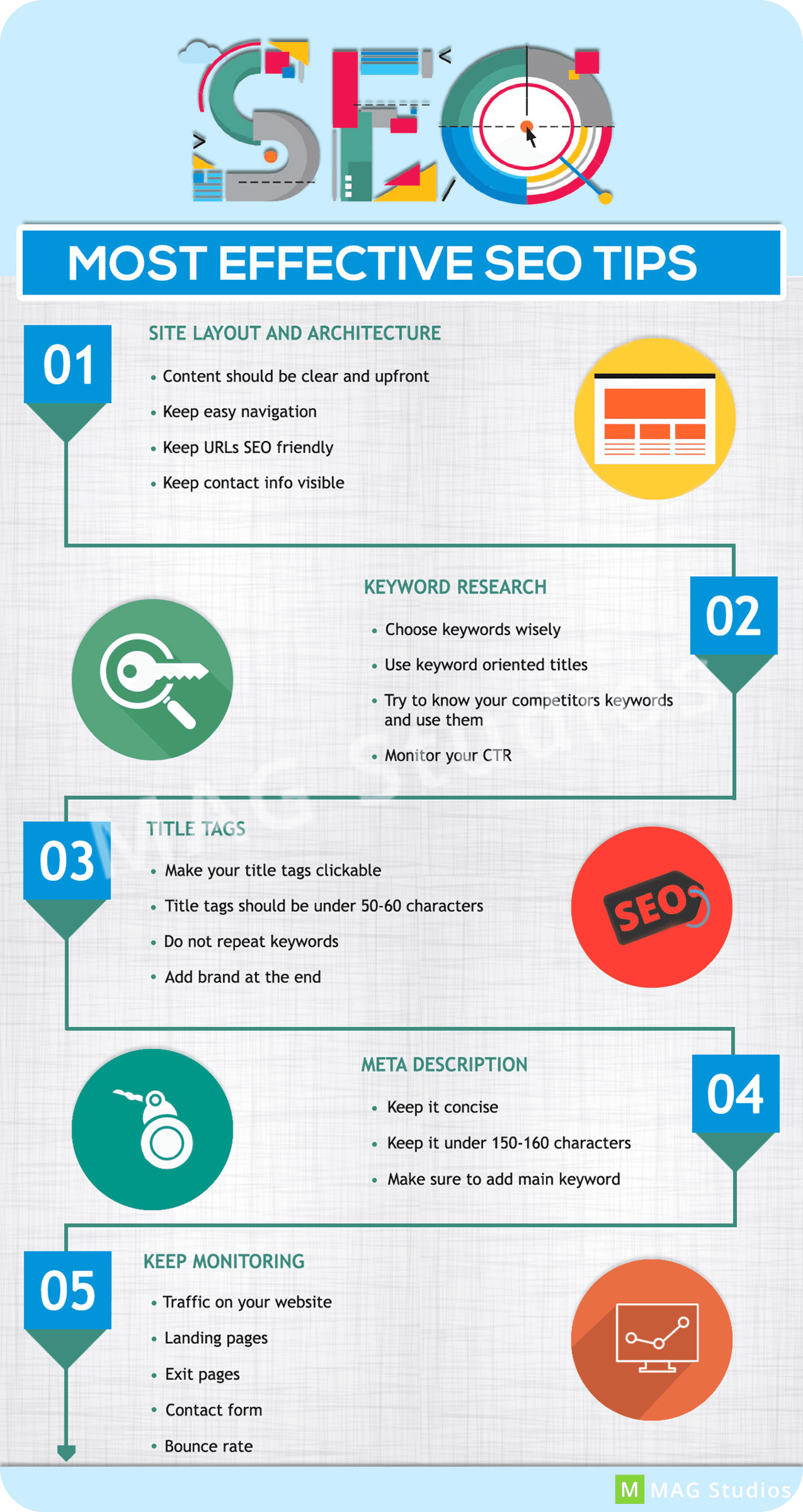
Keyword research: Identify relevant keywords and optimize your product descriptions and metadata to ensure they align with your target audience's search queries.
Link building: Earn backlinks from reputable websites to improve your website's authority and increase your rankings.
Site structure: Create a logical and intuitive website structure that allows search engines to crawl and index your pages easily.
Mobile optimization: Ensure your website is optimized for mobile devices, including page speed, design, and functionality, to improve your rankings on mobile search results.
Check this Out 👉 SEO Optimization Checklist
By implementing these SEO strategies, you can improve your e-commerce store's visibility, drive more organic traffic, and ultimately increase conversions and sales.
Utilizing Social Media for E-commerce Success
Social media has become a game-changer in the e-commerce industry. With millions of daily active users, platforms such as Facebook, Instagram, Twitter, and Pinterest offer enormous potential for promoting your online store, building brand awareness, and driving traffic and conversions. To succeed in e-commerce, it's essential to learn how to effectively leverage social media marketing techniques to your advantage. Here are some strategies to get you started:

Create Engaging Content
One of the best ways to promote your business on social media is by creating engaging content that resonates with your target audience. From product images and videos to blog posts and user-generated content, there are many types of content you can share on social media to capture the attention of potential customers and boost engagement. Make sure to tailor your content to the platform you are posting on, such as Instagram's visual focus or Twitter's character limit.
Use Influencer Marketing
Partnering with influencers can help you reach a wider audience that trusts and follows their recommendations. Look for influencers in your industry or niche with a large following, high engagement rates, and an audience that aligns with your target market. Building genuine relationships with influencers can help your brand get seen, create buzz, and drive conversions.
Run Social Media Ads
Social media advertising is a cost-effective way to target specific audiences and drive traffic to your e-commerce store. With platforms like Facebook Ads and Instagram Ads, you can create ads that appear in your target audience's newsfeed, stories, and more. Make sure to optimize your ads with compelling visuals, clear calls to action, and targeting options that align with your business goals and objectives.
Engage with Customers
Social media is a two-way conversation, and it's essential to engage with your followers and customers regularly. Respond to comments, messages, and reviews in a timely and helpful manner, and encourage users to share their experiences with your brand. Creating a strong social media presence can help you build a loyal community of fans that trust and value your brand.
By utilizing social media marketing techniques, you can expand your online presence and drive traffic and conversions to your e-commerce store. Remember to consistently analyze your social media metrics and adjust your strategies accordingly to maximize success.
Personalizing the Customer Experience
In today's competitive e-commerce landscape, personalized customer experiences have become more important than ever. By tailoring the shopping journey to meet the unique preferences and needs of individual customers, e-commerce businesses can increase customer satisfaction, loyalty, and ultimately, drive more revenue.

Personalization involves using customer data, such as browsing and purchase history, to offer relevant product recommendations, promotions, and messaging. A study by Epsilon found that personalized emails received 29% higher open rates and 41% higher click-through rates than non-personalized ones.
Implementing Personalization Strategies
There are various ways to implement personalization in e-commerce, including:
Product recommendations based on browsing or purchase history
Personalized emails and promotions
Customized landing pages
Geo-targeted content
Real-time personalization based on behavior
Implementing personalization strategies requires the use of customer data, so it's important to ensure compliance with data privacy regulations such as GDPR and CCPA.
The Benefits of Personalization
The benefits of personalization in e-commerce are numerous. By offering tailored product recommendations and promotions, businesses can:
Increase customer engagement
Improve conversion rates
Reduce cart abandonment
Enhance brand loyalty
By providing a personalized customer experience, businesses can stand out among competitors and build lasting relationships with customers.
In conclusion, personalization is a key aspect of customer experience optimization and e-commerce optimization. By implementing personalized strategies, businesses can increase customer satisfaction, loyalty, and ultimately drive more revenue.
Implementing Effective Customer Support
Providing exceptional customer support is critical for creating a positive customer experience and fostering repeat business. By implementing these customer support best practices, you can ensure that your e-commerce store is optimized for both customer experience and business success.
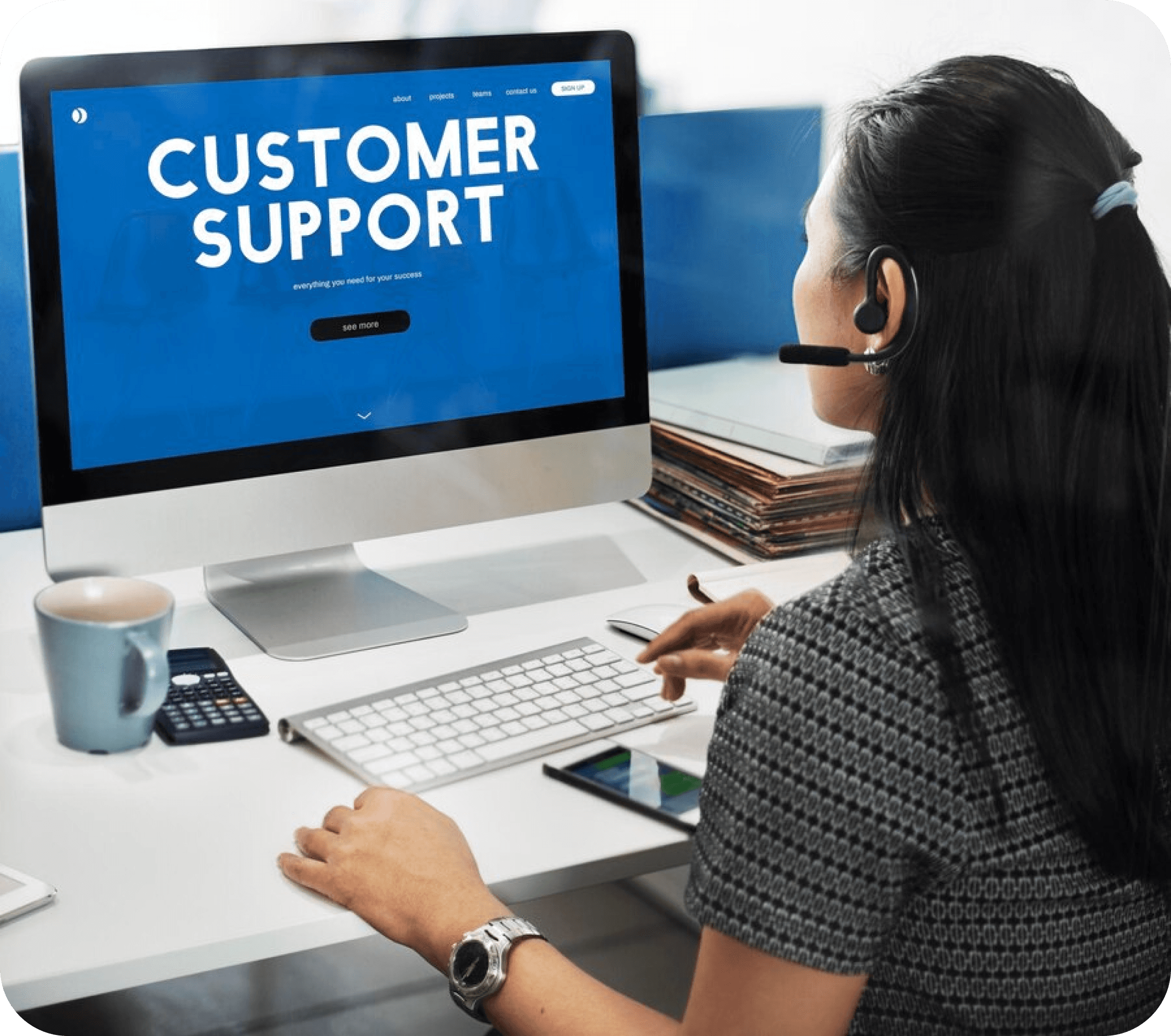
Support Channels
Offering multiple support channels can accommodate different customer preferences and needs, ultimately leading to higher customer satisfaction. Consider integrating a combination of phone support, email support, live chat, and self-service support options into your e-commerce store.
Response Times
Timely responses are crucial for customer satisfaction, and delayed support can lead to frustration and dissatisfaction. Create a support response framework that includes response time expectations and escalation procedures.
Knowledge Base
Providing a comprehensive knowledge base with common questions and issues can direct customers to instantaneous solutions, reduce support requests, and enhance the customer experience.
Customer Feedback
Regularly collecting feedback from customers can provide valuable insights into their experiences with your support team. Implement feedback mechanisms such as surveys or feedback forms to gather data and continually improve your customer support offerings.
Optimizing Product Recommendations
One of the key strategies for increasing average order value is through effective product recommendations. By recommending products that complement or enhance what the customer is already viewing, you can encourage cross-selling and upselling opportunities.
There are several ways to implement product recommendations on your e-commerce store:
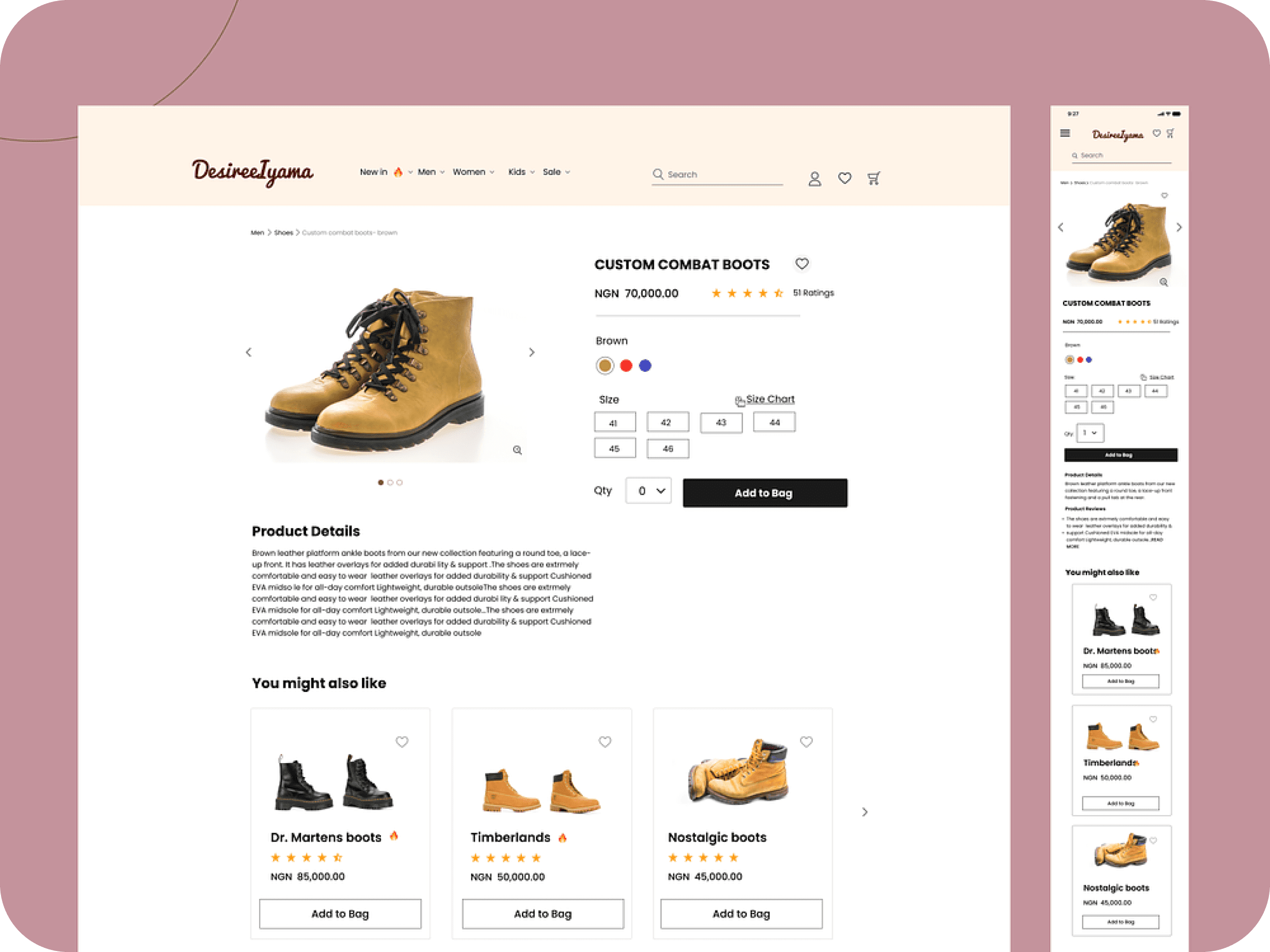
1. Personalized Recommendations
By leveraging customer data and behavior, you can provide personalized product recommendations that are tailored to each individual customer. This can be achieved through machine learning algorithms or by manually curating product recommendations based on the customer's browsing and purchase history.
2. Related Products
Showcasing related products on the product page can encourage customers to explore other items in your store that complement what they are already considering purchasing.
3. Popular Products
Highlighting your most popular products on the homepage or category pages can draw customers' attention to items that are in high demand and encourage them to purchase.
Regardless of the method you choose, it is essential to make sure that the product recommendations are relevant and helpful to the customer. This will not only increase average order value but also enhance the customer experience and satisfaction.
Incorporating effective product recommendations is a valuable website conversion strategy that can help you optimize your e-commerce store for success.
Monitoring and Analyzing Store Performance
Monitoring and analyzing the performance of your e-commerce store is crucial to identify areas for improvement. By tracking website conversion strategies, you can optimize your online store for maximum conversions and revenue.
One effective way of tracking store performance is by utilizing web analytics tools such as Google Analytics. With such tools, you can measure the success of your website conversion strategies by tracking metrics such as bounce rate, page views, and conversion rates. This data allows you to identify weak points in your website's conversion funnel, enabling you to make improvements and boost overall conversion rates.
Key Metrics to Track in E-commerce
When monitoring your e-commerce store's performance, it is crucial to track the following metrics.
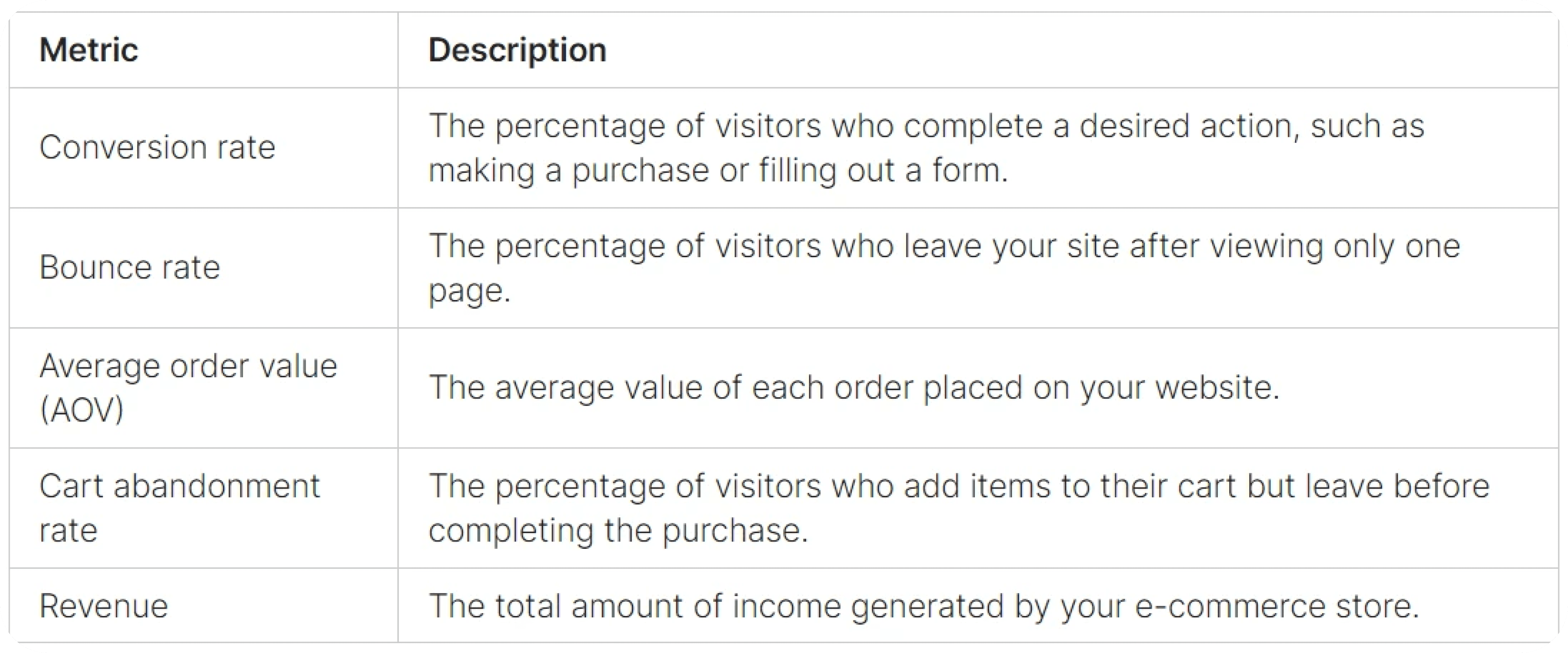
By regularly analyzing these metrics, you can identify trends and make data-driven decisions to optimize your website conversion strategies and increase revenue. This includes testing and implementing tactics to improve conversion rates, such as A/B testing, improving website usability, and personalizing the customer experience.
Remember, website conversion strategies and conversion rate optimization are ongoing processes. Continuously monitoring and analyzing your website's performance and making data-driven decisions is essential to achieving long-term e-commerce success.
Leveraging User-generated Content
User-generated content (UGC) is a powerful e-commerce marketing technique that can enhance customer experience optimization. By encouraging customers to share their experiences, reviews, and testimonials, e-commerce store owners can increase credibility and conversions. UGC can also provide valuable insights into customer preferences and behaviors, helping businesses to develop targeted marketing campaigns and product offerings.
To encourage UGC, businesses can implement various strategies, such as offering incentives or gamifying the review process. Utilizing social media platforms to showcase UGC and partnering with influencers can also be effective. When incorporating UGC into your e-commerce store, ensure that it aligns with your brand's values and messaging and that it is presented in a visually appealing and user-friendly manner.
Implementing Conversion Rate Optimization (CRO) Techniques
Conversion rate optimization (CRO) is the process of increasing the percentage of website visitors who take a desired action, such as making a purchase. By implementing CRO techniques, you can optimize your e-commerce store for conversions and boost your bottom line. Here are some proven techniques to improve your conversion rates:
A/B Testing
A/B testing involves comparing two versions of a web page to see which one performs better in terms of conversions. By testing different elements of your e-commerce store, such as headlines, calls-to-action, and product descriptions, you can identify the most effective combinations for driving conversions.
Optimizing Landing Pages
Optimizing landing pages involves designing web pages that are tailored to a specific audience or product. By creating personalized landing pages that reflect the exact search terms or ad copy that led a visitor to your site, you can increase the relevancy and effectiveness of your page. This can help to improve your conversion rates by ensuring that visitors find exactly what they are looking for.
Reducing Friction Points
Friction points are obstacles that prevent visitors from completing a desired action on your site, such as a confusing checkout process or unclear product information. By identifying and reducing friction points throughout the customer journey, you can streamline the path to purchase and increase the likelihood of conversion.
By implementing these CRO techniques, you can improve the conversion rates of your e-commerce store and maximize the ROI of your marketing efforts.
Engaging in Effective E-commerce Email Marketing
Email marketing remains a powerful tool for e-commerce businesses. By utilizing targeted campaigns, you can nurture customer relationships, promote new products, and drive repeat purchases. But to be successful, your email marketing strategy must align with your overall e-commerce marketing techniques and website conversion strategies.
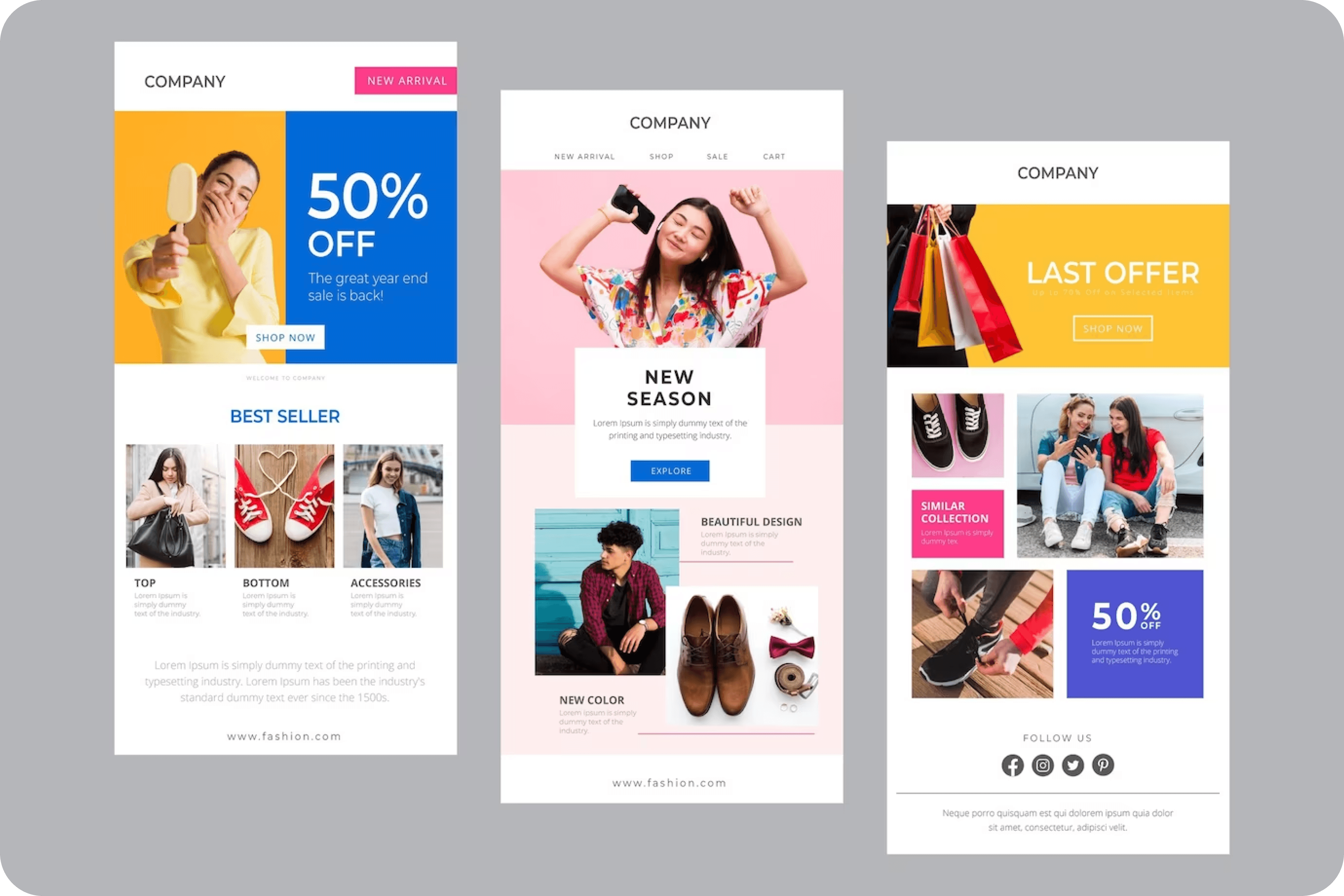
Segment Your Email List
Segmenting your email list enables you to target specific groups of customers with content that is tailored to their needs and preferences. Consider dividing your email list based on purchase history, demographics, or engagement level, and sending targeted emails to each segment.
Personalize Your Emails
Personalization can improve email open and click-through rates. Use the recipient's name and past purchase history to create personalized subject lines and email content that resonates with them. Consider including product recommendations based on past purchases, or sending personalized offers to incentivize them to make another purchase.
Include Engaging Content
Make your emails visually appealing and engaging by including high-quality product images, videos, and other multimedia content. Consider including customer reviews, blog posts, or social media content to showcase your brand's personality and increase engagement.
Optimize for Mobile
With more than half of all email opens occurring on mobile devices, it's crucial to optimize your emails for mobile viewing. Use a responsive email template, keep subject lines short, and use easy-to-read fonts and colors.
Measure Your Results
Track email open rates, click-through rates, and conversions to gauge the effectiveness of your email marketing campaigns. Use this data to refine your strategy and improve your results over time.
Conclusion

Building and maintaining an effective e-commerce store requires careful consideration and implementation of best practices. By choosing the right platform, optimizing for mobile devices and search engines, providing exceptional customer support, and implementing conversion rate optimization techniques, you can achieve e-commerce success and stand out in a highly competitive market. Additionally, personalizing the customer experience and leveraging user-generated content can enhance credibility and loyalty, while email marketing can contribute to increased customer lifetime value and repeat business. By following these tips and techniques, you can optimize your online shop for conversion, SEO, and an exceptional customer experience, ensuring the best chance for success.
FAQ
What are some best practices for building an effective e-commerce store?
Some best practices for building an effective e-commerce store include optimizing your website for conversions, implementing user-friendly navigation and search functionalities, and providing detailed product descriptions and visuals.
How do I choose the right e-commerce platform for my business?When choosing an e-commerce platform, consider factors such as your budget, scalability, customization options, and integration capabilities. It's important to select a platform that aligns with your specific business goals and requirements.
What are some tips for creating an intuitive user interface for my e-commerce store?To create an intuitive user interface, focus on simplifying the navigation flow, ensuring clear and concise product categorization, and incorporating user-friendly features like search filters and product recommendations.
How can I optimize my e-commerce store for mobile devices?To optimize your e-commerce store for mobile devices, make sure it has a responsive design that adapts to different screen sizes, ensure fast loading times, and simplify the checkout process for mobile users. Additionally, consider implementing mobile-specific features like mobile payment options and click-to-call buttons.
How can I streamline the checkout process to reduce cart abandonment rates?To streamline the checkout process, eliminate unnecessary steps, offer guest checkout options, provide multiple payment methods, display a progress indicator, and optimize the form fields to minimize user effort.
What are some best practices for creating compelling product descriptions and visuals?To create compelling product descriptions and visuals, highlight the unique selling points, use persuasive language, include high-quality product images from multiple angles, and consider incorporating videos and customer reviews.
What strategies can I implement to optimize my e-commerce store for search engines?To optimize your e-commerce store for search engines, conduct keyword research, optimize your website's metadata, create unique and relevant product descriptions, generate high-quality backlinks, and improve your site's loading speed.
How can I leverage social media platforms to promote my e-commerce store?To leverage social media platforms, create engaging content, build an active community, run targeted advertisements, collaborate with influencers, and offer exclusive promotions to your social media followers.
Why is personalization important in the e-commerce industry and how can I implement it?Personalization is important because it enhances the customer experience, increases engagement, and boosts customer loyalty. To implement personalization, segment your audience, personalize product recommendations, send targeted emails, and use dynamic content on your website.
How can I provide effective customer support for my e-commerce store?To provide effective customer support, offer multiple support channels (such as live chat, email, and phone), respond promptly to customer inquiries and issues, train your support team, and gather feedback to continuously improve your customer service.
How can I optimize product recommendations to increase cross-selling and upselling opportunities?To optimize product recommendations, utilize personalized recommendation algorithms, analyze customer data and behavior, display related products on product pages and in the shopping cart, and offer bundled product deals.
Why is it important to monitor and analyze my e-commerce store's performance?Monitoring and analyzing your e-commerce store's performance helps identify areas for improvement, track the effectiveness of marketing efforts, detect technical issues, and make data-driven decisions to optimize conversions and customer satisfaction.
How can I encourage customers to share user-generated content for my e-commerce store?You can encourage customers to share user-generated content by offering incentives, implementing product review and rating features, showcasing customer testimonials, running social media contests, and creating branded hashtags.
What are some techniques for improving conversion rates on my e-commerce store?Some techniques for improving conversion rates include conducting A/B testing, optimizing landing pages, simplifying the checkout process, reducing form friction, displaying trust signals and customer reviews, and offering personalized product recommendations.
How can I effectively utilize email marketing for my e-commerce store?To effectively utilize email marketing, segment your email list, personalize your email campaigns, send targeted product recommendations, offer exclusive discounts and promotions, and track email performance metrics to optimize your campaigns.













